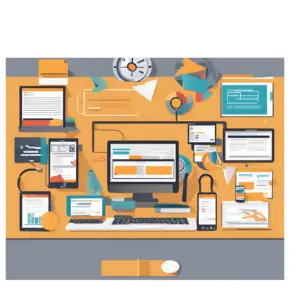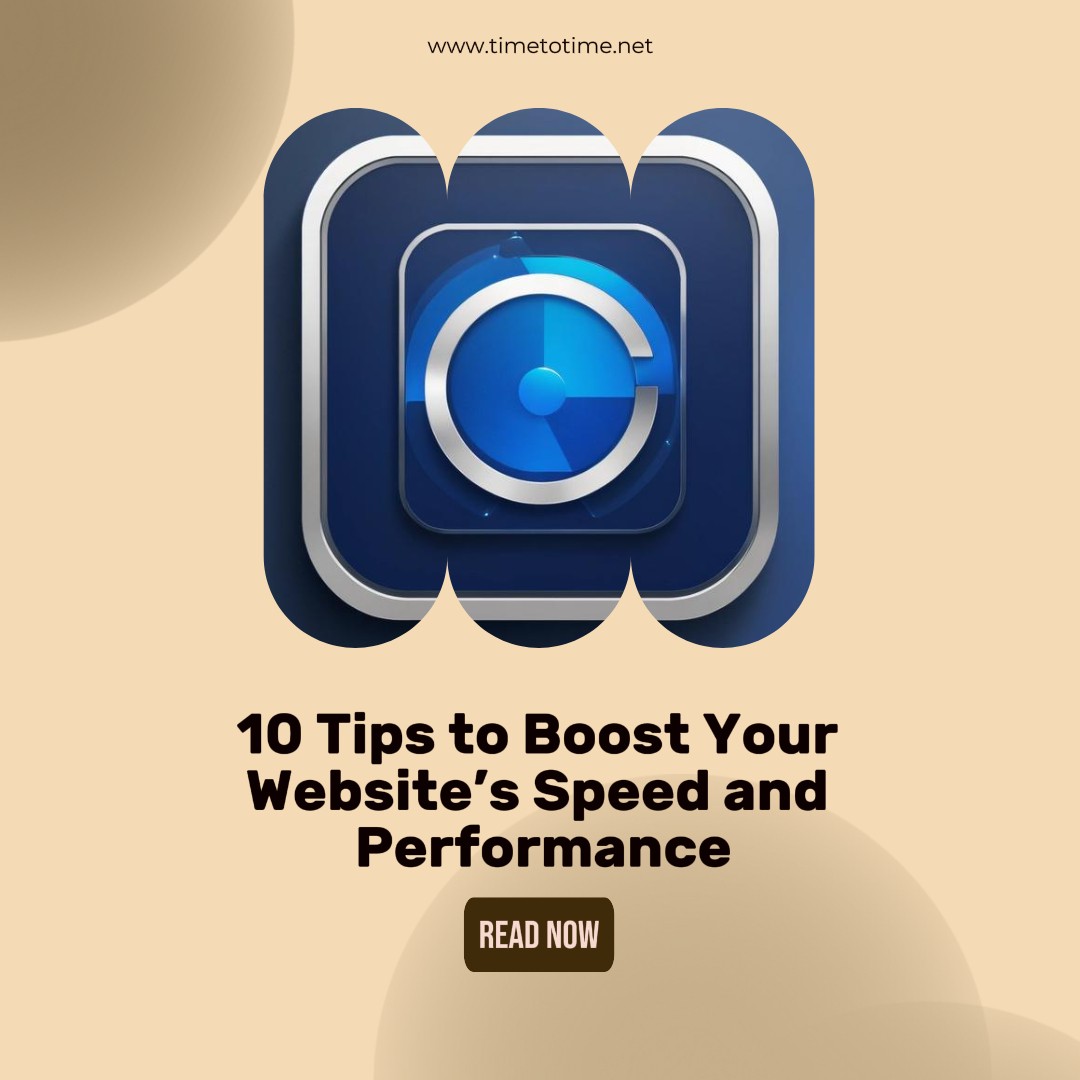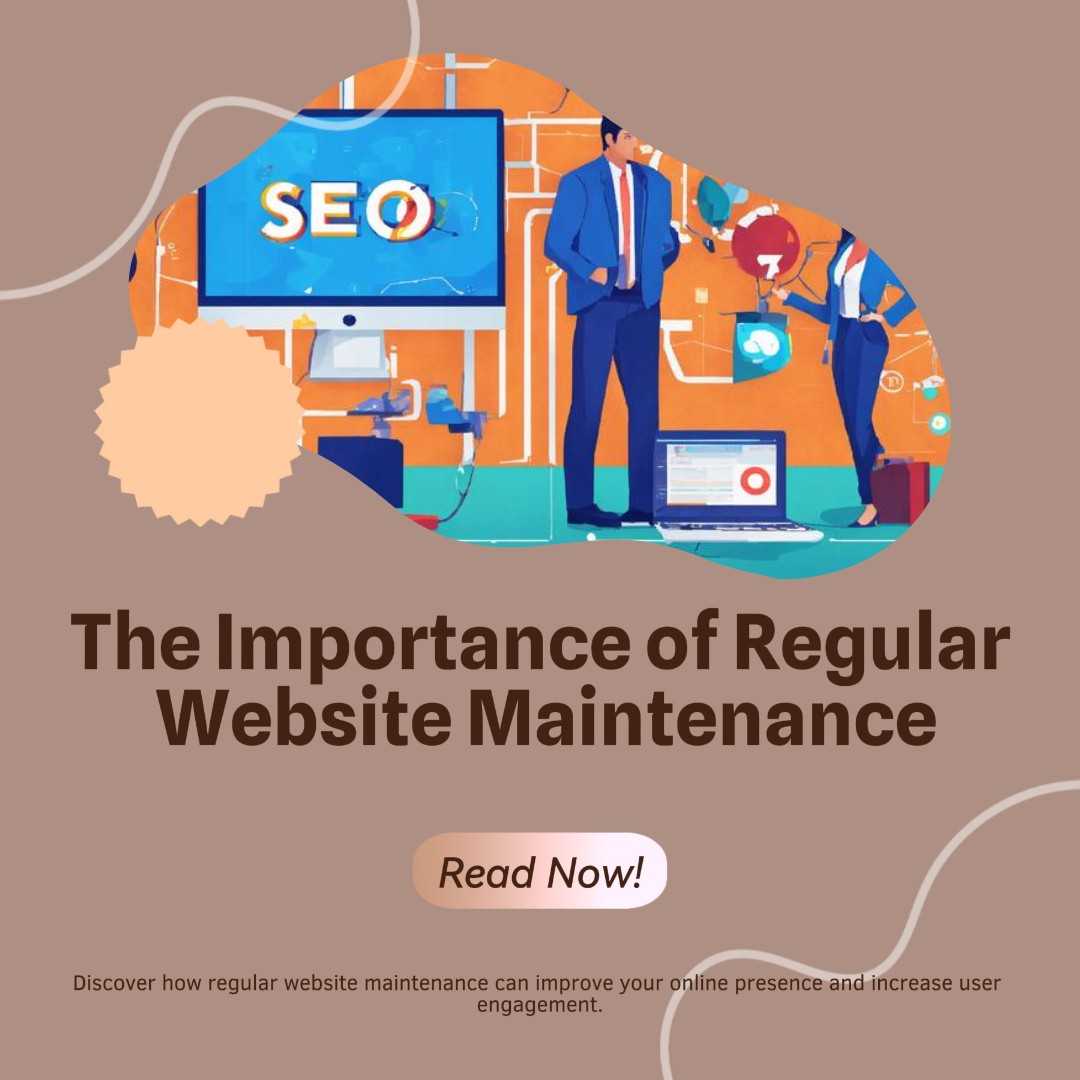Overview
In today’s fast moving business environment, your website is not just an online presence; it is the heartbeat of your brand. How do you determine if it is time to redesign? Much like how a storefront might need a new coat of paint or maybe a different layout to entice customers, so too does your website require a refresher course in relevance and effectiveness. In the following article, we will point out the telltale signs that signal the need for a website redesign.
Introduction
Your website is often the first impression potential customers have of your business. If it doesn’t look appealing, function smoothly, or reflect your brand’s current identity, you could be losing business. Let’s dive into the key indicators that it might be time to invest in a website redesign.

1. Your Website Looks Outdated
Just like fashion trends, web design trends evolve. If your site looks like it was last updated 10 years before, it’s a clear sign you need a redesign. An outdated website can make your business appear behind the times, which can deter potential customers.
Why It Matters
A modern, visually appealing website can create a sense of trust and professionalism. It’s like the difference between walking into a modern, well-lit store versus a dim, outdated one. The latter doesn’t inspire confidence, does it?
2. High Bounce Rates and Low Conversion Rates
Are people visiting your website but leaving almost immediately? This is known as a high bounce rate, and it’s a red flag. Additionally, if those who stay aren’t converting—whether that means making a purchase, signing up for a newsletter, or filling out a contact form—it’s time to take a closer look at your website’s design.
Why It Matters
Your website should guide visitors towards a specific action. If it’s not doing that, it’s not just about design; it’s about your bottom line.
3. Poor Mobile Responsiveness
In today’s world, more than half of web traffic comes from mobile devices. If your website isn’t optimized for mobile users, you’re missing out on a huge audience. Check if your site adjusts properly to different screen sizes and if it’s easy to navigate on a smartphone or tablet.
Why It Matters
A non-responsive site can frustrate mobile users, leading them to leave your site in favor of one that offers a better mobile experience. It’s like trying to read a book where the text doesn’t fit the page—it’s annoying and not worth the effort.
4. Slow Loading Speeds
We live in an age of instant gratification. If your website takes more than a few seconds to load, visitors may not wait around. Google also considers loading speed when ranking websites, so a slow site could be hurting your SEO efforts.
Why It Matters
Fast loading speeds create a positive user experience. A slow website is like being stuck in traffic—frustrating and time-consuming.
5. Difficult Navigation
If users can’t find what they’re looking for quickly and easily, they’ll leave. Your site’s navigation should be intuitive, with a clear structure and easy-to-find menus. If users have to dig to find basic information, it’s a sign that your website needs a redesign.
Why It Matters
Good navigation is like a well-marked road; it helps users get where they want to go without getting lost.
6. Not Aligned with Branding
Your brand evolves over time, and your website should reflect that. If your site’s color scheme, fonts, and imagery no longer match your current branding, it’s time for a redesign. Consistency across all platforms is key to building brand recognition.
Why It Matters
Imagine a luxury brand with a website that looks like it was made with clip art. It sends mixed signals and can confuse or alienate your audience.
7. Your Competitors Have Redesigned Theirs
If your competitors have recently redesigned their websites, it’s worth considering whether you should do the same. A fresh, modern website can set you apart from the competition and attract more customers.
Why It Matters
Staying competitive in your industry often means keeping up with—or ahead of—what others are doing. If your site feels behind, customers may choose your competitors instead.
8. Hard to Update Content
A website that’s difficult to update can become a real headache. If you’re relying on a developer for every small change, or if your CMS is outdated and clunky, a redesign with a more user-friendly system can save you time and money.
Why It Matters
Fresh content is crucial for SEO and keeping your audience engaged. A site that’s hard to update is like trying to write a letter with a broken pen—it’s frustrating and ineffective.
9. Security Concerns
If your website hasn’t been updated in a while, it could be vulnerable to security threats. An outdated website can be an easy target for hackers, putting your business and customers at risk.
Why It Matters
Online security is critical. A breach can damage your reputation and lead to legal issues. A redesign can help implement the latest security features to protect your site.
10. Inefficient Integration with Modern Tools
Your website should work seamlessly with other tools and platforms you use, such as social media, CRM systems, and e-commerce solutions. If it doesn’t, you’re likely missing out on opportunities to streamline operations and engage with customers.
Why It Matters
Think of your website as the hub of your online operations. If it’s not compatible with the tools you need, it’s time for a redesign.
11. Outdated SEO Practices
SEO is not a set-it-and-forget-it task. Search engines constantly update their algorithms, and your website needs to keep up. If your site isn’t optimized for the latest SEO best practices, it may be time to redesign and rethink your strategy.
Why It Matters
Good SEO can make the difference between being found by potential customers or being lost in the vast sea of the internet. An outdated site is like a dusty book on a forgotten shelf—it’s there, but no one sees it.
Conclusion
Your website is a vital tool in your business arsenal. If any of the signs mentioned above resonate with you, it’s probably time to consider a redesign. A well-designed, modern website not only attracts visitors but also converts them into loyal customers.
FAQs
1. How often should I redesign my website?
Generally, a website redesign is recommended every 2-3 years. However, if you notice signs like high bounce rates or outdated design, it may be worth considering sooner.
2. What is the cost of a website redesign?
The cost can vary widely depending on the complexity and requirements. It can range from a few thousand to tens of thousands of dollars.
Can I redesign my website myself?
If you have experience in web design and development, it’s possible. However, hiring professionals usually ensures a more polished and effective result.
4. Will a redesign affect my SEO?
Yes, it can. A well-executed redesign can improve your SEO, but if not done correctly, it could harm your rankings. It’s essential to work with an SEO expert during the process.
5. How long does a website redesign take?
A typical redesign can take anywhere from a few weeks to several months, depending on the scope of the project and the resources available.






